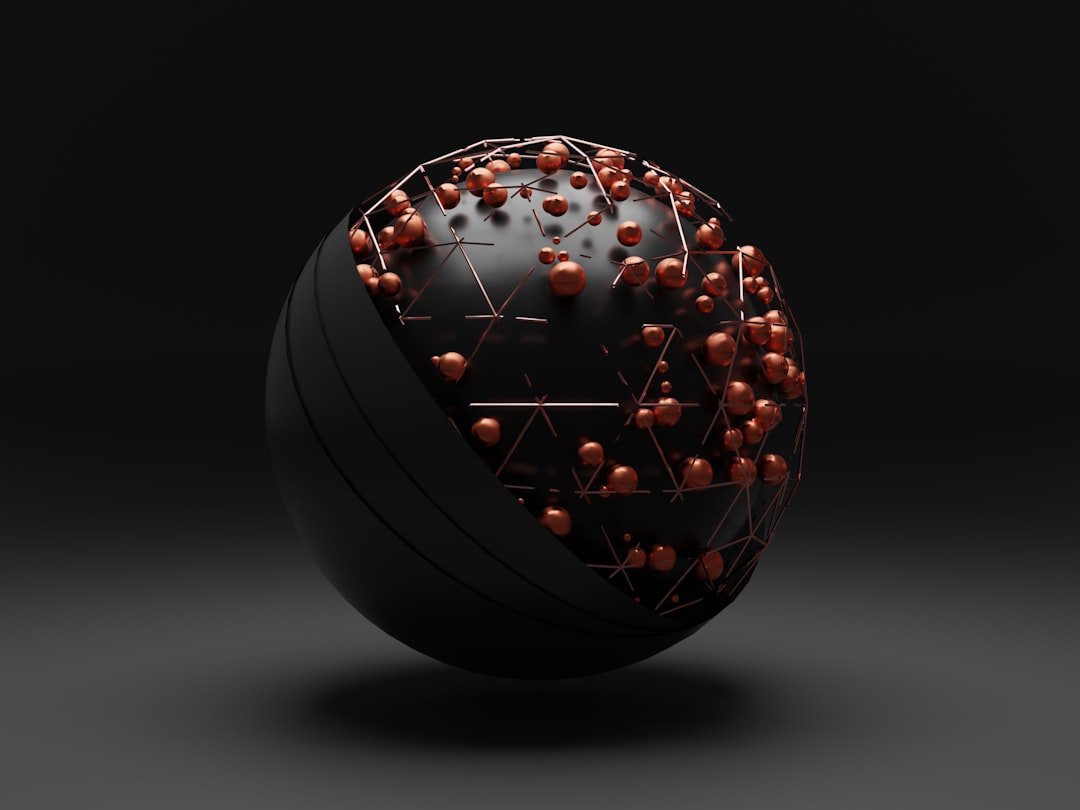What is it about?
Detectors convert physical quantities to electrical signals so that they expand our vision to nature. Analytical instruments such as scanning electron microscopes, synchrotron radiation facilities, mass spectrometry require detectors to detect X-rays, ions, molecules, and biomacromolecules. This tutorial explain basics of detectors: quantum detectors that produce electric signals directly and thermal detectors that utilized temperature rise because of signal input.
Featured Image

Photo by Erwan Hesry on Unsplash
Why is it important?
Normally, semiconductor detectors are used for analytical instruments. When we introduce superconductor detectors, it is possible to overcome the fundamental limits of conventional analytical instruments.
Perspectives
This tutorial explain the history of superconductor detectors as well as scientific description. The readers can follow the works by the pioneers and learn the advances realized by modern researchers. The matured superconductor detectors contribute to a wide range of fields, such as dentistry, molecular biology, energy-saving society, planetary science, and prebiotic organic molecules in space.
Dr. Masataka Ohkubo
National Institute of Advanced Industrial Science and Technology (AIST)
Read the Original
This page is a summary of: Advances in superconductor quantum and thermal detectors for analytical instruments, Journal of Applied Physics, August 2023, American Institute of Physics,
DOI: 10.1063/5.0151581.
You can read the full text:
Contributors
The following have contributed to this page










